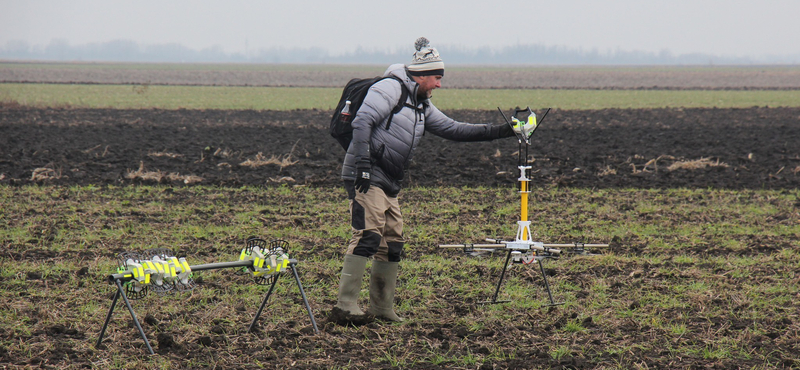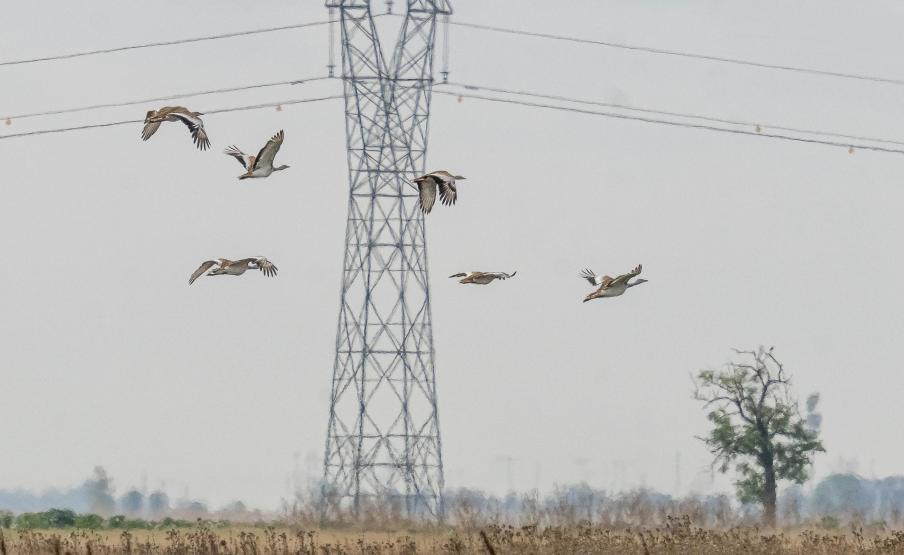Hundreds of thousands of protected birds have died due to electrocution along power lines in recent decades. The Hungarian Ornithological and Nature Conservation Association (MME) has organized five national power line surveys since November 2004, during which a total of 2,183 bird carcasses were found at 19,216 poles examined.
Hundreds of thousands of protected birds have died due to electrocution along power lines in recent decades. The Hungarian Ornithological and Nature Conservation Association (MME) has organized five national power line surveys since November 2004, during which a total of 2,183 bird carcasses were found at 19,216 examined poles, the conservation value of which exceeded 90 million forints.
Based on the results of the surveys, we estimate that the number of birds that die from electric shock in our country every year is in the order of tens of thousands, and the damage to nature conservation may exceed one billion forints per year. Among the regular victims are our most endangered natural treasures that are under strict protection or listed in Annex I of the EU Bird Directive, such as the golden eagle, the peregrine falcon or the blue kestrel. Another significant problem is collisions with power lines, which most endanger another of our outstanding values, the bustard, as another dead specimen found this week shows.
In recent decades, however, significant efforts have been made to reduce the extent of losses by civil and state nature conservation, as well as by electricity supply companies. In Hungary, nearly 50,000 medium-voltage poles have now been insulated in a bird-friendly manner. However, since, according to our estimates, approximately 215,000 poles may pose a significant threat to birds, much remains to be done. A priority order must be determined among the uninsulated medium-voltage overhead line pole heads based on bird protection considerations, and insulation must be scheduled accordingly in the future. In addition, newly constructed pole rows must be designed in a bird-friendly manner from the outset, so that they are safe for birds from the moment they are constructed.
The agreement called “Unobstructed Sky” aims to provide a concrete operational framework and a predictable schedule for the decades-long cooperation between state and civil nature conservation and domestic electricity suppliers. The agreement, initiated by Péter Olajos, Member of the European Parliament, was signed by the heads of the relevant organisations on 26 February 2008 after nearly a year of professional preparation. There is no example of a similar cooperation agreement between nature conservation actors and electricity suppliers in the European Union.
Under the agreement, the MME and the Ministry of Environment and Water will provide electricity suppliers with the precise map delimitation of those sections of the line that can be classified as dangerous from a bird protection perspective. Based on the schedule developed on this basis, electricity suppliers can plan on which sections and what bird protection solutions they should apply if they carry out modifications on the given section. According to the agreement, all sections of the line that are dangerous from a bird protection perspective will be converted into bird-friendly sections by January 2020. The works will be financed primarily from nature conservation, EU and domestic funds, but it is expected that electricity suppliers will also contribute to the costs.
Source:
https://mme.hu/


